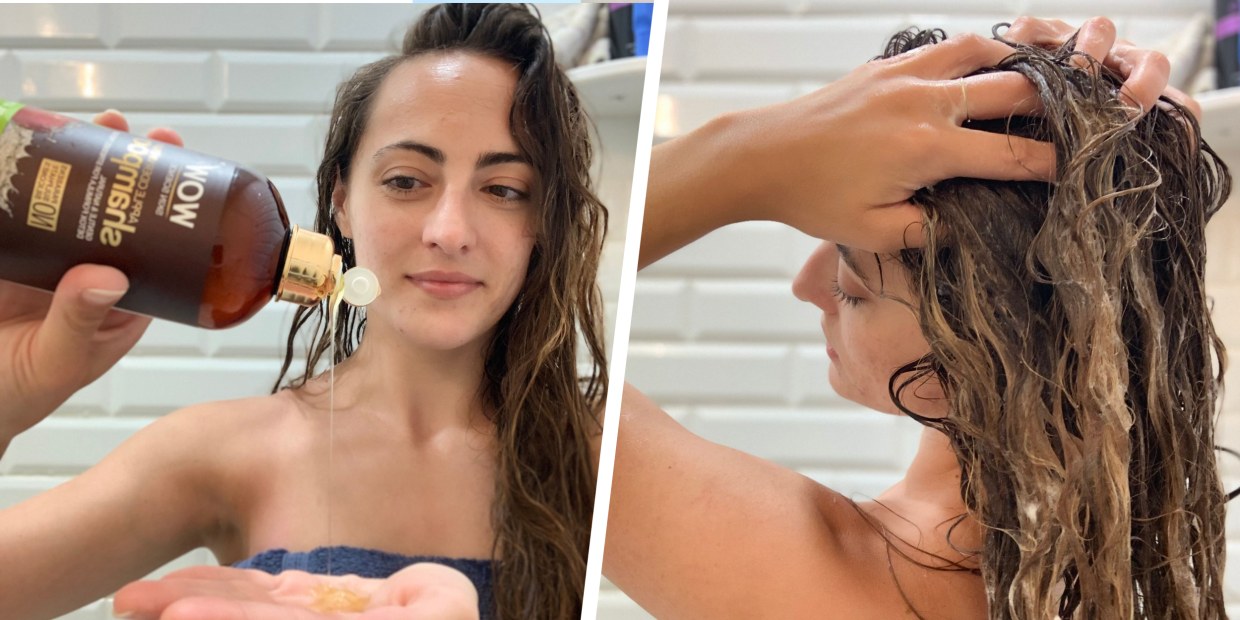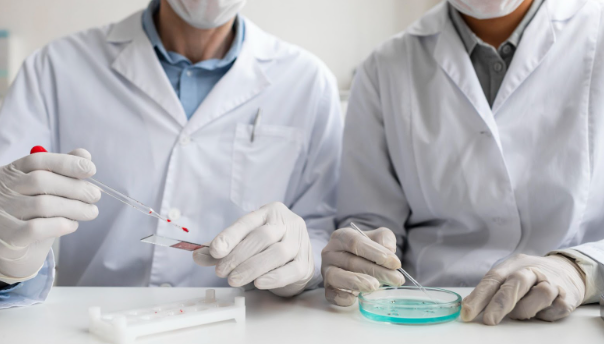How much does varicose vein treatment cost? varicose veins are a common vascular condition that affects millions of people worldwide. These twisted, swollen veins not only pose aesthetic concerns but can also cause discomfort and pain. If you’re dealing with varicose veins, you may be wondering about the cost of treatment and when it’s time to seek the expertise of a vascular doctor. In this comprehensive guide, we will delve into the factors that influence varicose vein treatment costs and discuss the signs and symptoms that indicate the need for medical attention from a vascular specialist.
Understanding Varicose Veins
Before we delve into the costs associated with varicose vein treatment, it’s important to understand what varicose veins are and how they develop. Varicose veins typically occur when the valves in the veins of the legs weaken or fail. These valves are responsible for ensuring that blood flows in the right direction, toward the heart. When they malfunction, blood can pool in the veins, causing them to become enlarged and twisted.
Common symptoms of varicose veins include:
- Visible, bulging veins that are dark purple or blue.
- Aching, throbbing, or cramping in the legs.
- Itching or burning around the affected veins.
- Swelling in the ankles and feet.
When To See A Vascular Doctor
While varicose veins are often considered a cosmetic concern, they can also lead to more serious health issues if left untreated. It’s essential to recognize when it’s time to consult a vascular doctor for evaluation and potential treatment. Here are some indicators that you should seek medical attention:
- Persistent Pain and Discomfort: If you’re experiencing ongoing pain, discomfort, or swelling in your legs due to varicose veins, it’s a clear sign that you should see a vascular doctor. These symptoms can negatively impact your quality of life.
- Skin Changes: Noticeable changes in the skin around your varicose veins, such as discoloration, inflammation, or the development of open sores (venous ulcers), require immediate medical attention.
- Bleeding: If your varicose veins bleed or if you notice any signs of bleeding, contact a vascular specialist promptly. Bleeding varicose veins can be a serious issue.
- Progressive Symptoms: If your varicose veins are worsening over time, don’t delay seeking medical advice. Progressive symptoms can indicate underlying vascular issues that require treatment.
- Concerns About Deep Vein Thrombosis (DVT): If you’re worried about the risk of DVT, a potentially life-threatening condition where blood clots form in the deep veins, consult a vascular doctor. Varicose veins can increase the risk of DVT.
Evaluating Varicose Vein Treatment Costs
Now that we’ve discussed when to see a vascular doctor let’s delve into the cost aspect of varicose vein treatment. The cost of treating varicose veins can vary significantly depending on several factors:
- Type of Treatment: There are different treatment options available for varicose veins, including minimally invasive procedures like endovenous laser treatment (EVLT), radiofrequency ablation (RFA), and sclerotherapy. Surgical procedures may also be necessary in severe cases. The cost varies with the type of treatment chosen.
- Insurance Coverage: Some health insurance plans may cover the cost of varicose vein treatment if it is deemed medically necessary. However, coverage varies widely, and you may need to meet specific criteria to qualify.
- Severity of the Condition: The extent and severity of your varicose veins can influence the cost of treatment. More extensive or complex cases may require multiple sessions or a combination of treatments, increasing the overall cost.
- Geographical Location: The cost of healthcare services, including varicose vein treatment, can vary significantly depending on your location. Urban areas tend to have higher costs than rural regions.
- Provider’s Reputation and Experience: The credentials and reputation of the vascular doctor or clinic you choose can impact the cost. Highly experienced specialists may charge more for their services.
- Preparation and Recovery: Don’t forget to consider additional expenses related to pre-treatment consultations, diagnostic tests, compression stockings, and post-treatment follow-ups when estimating the total cost.
Average Costs Of Varicose Vein Treatments
To give you a better idea of what to expect, here’s a rough estimate of the average costs for some common varicose vein treatments in the United States:
- Sclerotherapy: Sclerotherapy is a non-surgical procedure that involves injecting a solution into the affected veins to cause them to collapse and fade. Prices can range from $200 to $500 per session, and multiple sessions may be needed.
- Endovenous Laser Treatment (EVLT): EVLT is a minimally invasive procedure that uses laser energy to close off problematic veins. The cost can vary from $1,500 to $3,000 per leg, depending on the provider and location.
- Radiofrequency Ablation (RFA): RFA is another minimally invasive option that uses radiofrequency energy to treat varicose veins. Prices typically range from $1,500 to $3,000 per leg.
- Surgical Vein Stripping: In more severe cases, surgical procedures like vein stripping may be required. This surgical option can cost between $1,500 and $3,000 per leg.
- Consultation and Diagnostic Tests: Initial consultations and diagnostic tests can add several hundred dollars to the overall cost, depending on the provider and location.
- Compression Stockings: Compression stockings, often prescribed as part of varicose vein treatment, can cost between $50 and $150 per pair.
Remember that these are average costs and can vary widely depending on the factors mentioned earlier. It’s essential to consult with a vascular specialist to get an accurate assessment of your condition and an estimate of the treatment cost tailored to your specific needs.
Conclusion
Varicose veins can be more than just a cosmetic concern; they can lead to discomfort and even more severe health issues if left untreated. Knowing when to see a vascular doctor is crucial to addressing the condition effectively. Additionally, understanding the factors that influence varicose vein treatment costs can help you make informed decisions about your healthcare.
If you’re experiencing varicose vein symptoms, don’t hesitate to seek professional advice. A vascular doctor can evaluate your condition, recommend appropriate treatment options, and provide a more accurate estimate of the costs involved. Ultimately, investing in the health of your veins can lead to improved quality of life and overall well-being.





